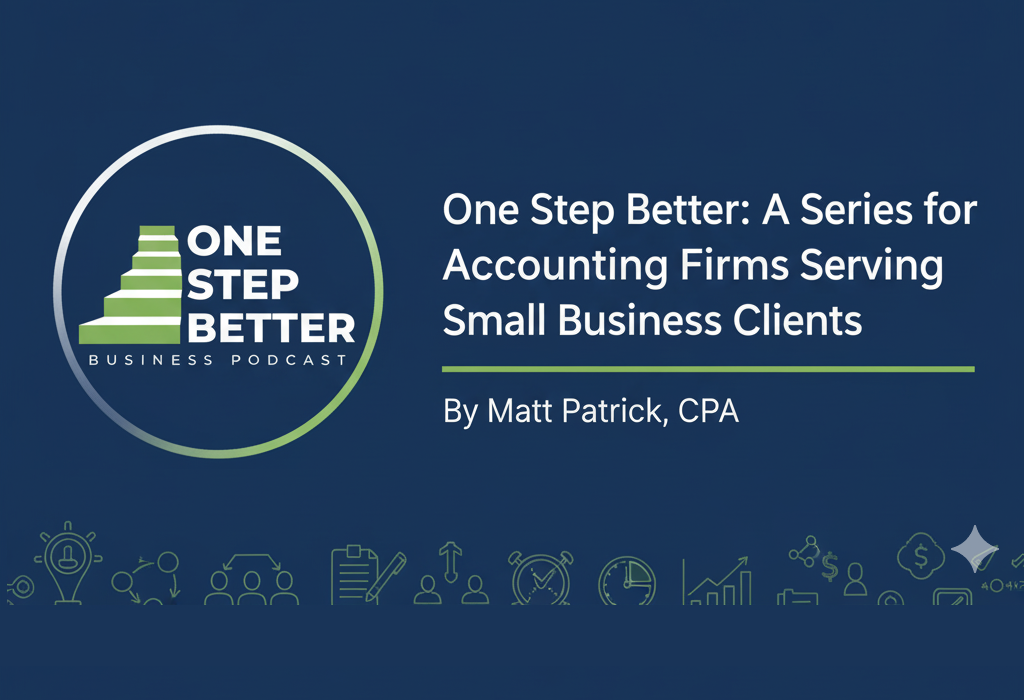If it seems like your busy season was a bit more hectic than usual this year, you’re likely right. According to the U.S. Bureau of Labor Statistics, demand for accountants will increase 10% by 2026, faster than the average for all occupations. Add in greater competitiveness, a talent shortage, regulatory changes and more demanding clients, and it’s understandable if you’ve had little time to consider what’s ahead.
Yet, now that you’re safely past the mid-year mark, it’s time to do just that – and ensure that moving forward you’re able to leverage critical information to always keep on top of forecasting. Because the fact is, your firm has a wealth of data that can drive more precise and cost-effective decision-making.
It’s just trapped in information silos.
These are created when the array of software, solutions and subscriptions you’ve deployed don’t play well together. One function of your firm could be using a customer relationship management (CRM) solution to handle interactions with clients and prospects. Another could rely on project management tools to facilitate work. There are the accounting programs, the time-tracking and reporting software to keep tabs on employee billability. And, of course, there are those spreadsheets.
This is only the start of the tool tangle many firms face, and when technology doesn’t communicate, pockets of critical data become isolated. For CPA practices, unearthing this data can help forecast the future, but there are a few considerations to keep in mind.
How the past can forecast
The first step to leveraging trapped data is in understanding how you will approach forecasting, and there are a number of possible models. Each method that accountants take to forecasting can uncover the most critical business data alongside helping predict the firm’s financial health heading into the next busy season.
Some CPA firms forecast revenue based on engagements in the pipeline. This requires a level of scoring according to their progress, potential size and likelihood of crystallizing. These estimates are usually handy or easy to gather. The downside is there’s an element of uncertainty around how much the engagement will pay and when it will close.
Another approach is based on historic baselines from the previous period, assuming that your firm will produce similar levels in the future. You may consider the amount of work entailed to convert past projects from proposed to completed, as well as typical billability or staffer utilization rates. Some engagements—like filing recurring clients’ tax returns—can help make work a bit more predictable. Using a few points from previous data, you can put together a quick picture of what to forecast.
The most sophisticated forecasting method is based on needs anticipated and resources available. In order to properly forecast in this way, you need a deep understanding of upcoming projects and scope, as well as employees’ current utilization rates. If you’re contracted for an urgent audit, you’ll need to plan your resources and other engagements accordingly. Depending on the resources expected, you can match the personnel and support to the scheduled project, which also provides visibility into whether you are maximizing profit during the engagement.
Depending on the forecasting model you use, you might need to know the likelihood of a project to close, which would be noted in your CRM. You may also look for the typical time that your team spent on certain projects during busy season; this you’ll likely find siloed in your time tracking tool. Or, you might need a list of pending work, which may be documented in your project management solution or elsewhere.
Manually gathering and compiling this information can take a lot of time, never mind opening up the possibility of human error when entered manually. And even when you’ve finally assembled all this information, you’re likely to end up making decisions on data that is dated.
And you can’t prepare for the future if you don’t know where you’re at or learn from where you’ve been.
Time for real-time
In my last article, I defined customer engagement models and how the different approaches can impact cash flow and profitability. I also discussed how professional services automation (PSA) can share information across an entire firm, putting all employees on the same page to improve workflows.
It only stands to reason this same path that connects employees can provide a single means for gathering relevant data from across your organization and technology stack. It can allow you to finally free up and utilize that trapped data. That can produce real-time information critical for maximizing resources, and with PSA tools for analyzing past metrics, accounting leaders can more effectively forecast the future.
Without this transparency, you have an inaccurate view of demand, capacity, revenue and hiring needs. If you’re relying on resource-based forecasting for an upcoming project, you might not have the right staffers in the right place to fulfill an assignment. You could commit too many resources. It could cause cost overruns and over-servicing of clients, burn out staff, lessen your ability to win or upsell new business and more.
After all, without knowledge of where you stand financially, you could end up in worse trouble, like not being able to hire critical contractors or suddenly finding you’re going to have issues meeting payroll.
A future in the past
The right visibility will enable you to analyze your firm’s past performance and gain important forecast-impacting details. For instance, you can understand what type of work produces the greatest profit, and pursue opportunities accordingly and with best practices in place.
Your view should be accompanied by real-time sales, customer, project and utilization metrics, as well as insight into revenue, performance, profit and loss. It’s this type of control that’ll allow you to better manage and grow margins. And, when you understand what drives profit, and how, you’ll have a better grasp in areas from billability to service pricing.
It all begins with eliminating those information silos to achieve greater holistic visibility. With that kind of clarity, you’ll discover better work, pipeline and revenue forecasting abilities to take your firm into the future.
===========
Mark van Leeuwen is the CEO of VOGSY, the Google business software pioneers. Mark has held leading roles in software and service businesses on all continents and led growth in uncharted territories for 20 years. He’s also a stickler for simplicity and transparency and doing more with less.
Thanks for reading CPA Practice Advisor!
Subscribe Already registered? Log In
Need more information? Read the FAQs





![Mark_V[1]](https://www.cpapracticeadvisor.com/wp-content/uploads/2022/04/Mark_V_1_.5d5c2c57cfde1.png)